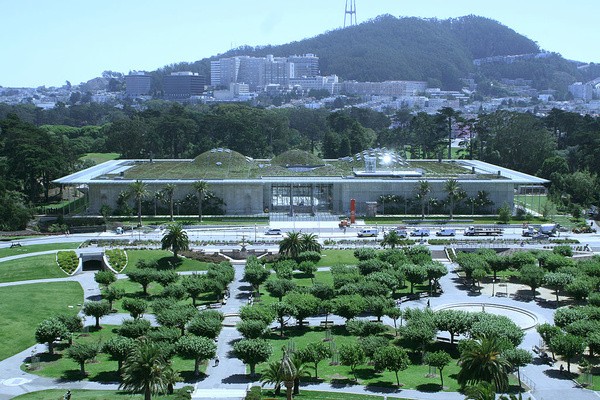
Sustainable architecture refers to the approach of designing and constructing buildings that minimize negative effects on the environment, achieve energy efficiency, and promote a positive impact on the health and comfort of its inhabitants.
To meet these objectives, a building's sustainable architecture will involve the use of appropriate technologies, the choice of the right building materials, integration of the structure into its natural landscape, and designing and implementing plumbing, waste, cooling, heating, and ventilation systems.
What characterizes sustainable architecture?
Some of the characteristics that define sustainable architecture include minimizing wasteful consumption of energy through the use of renewable energy sources such as Solar Photovoltaic or PV technology and natural ventilation, heating, and cooling. Ideally, these buildings should also produce a net-zero effect when it comes to energy standards: sustainable buildings produce the same amount of energy that it consumes.
Sustainable architecture also incorporates water conservation systems such as a way of collecting rainwater and recycling gray water. Sustainable buildings should also have green roofs and living walls that capture natural cooling as well as promote the health and well being of its inhabitants.
ALSO READ: Here Is What You Need to Know About "Green Homes"
"Green" and "Sustainable," Is there a difference?
While used interchangeably, "green" does not always mean "sustainable."
Sourceable.net perfectly illustrated the difference between the two. Bamboo flooring, for example, comes from a renewable resource, which makes it an excellent green building material. However, if the bamboo is sourced from overseas, then the act of shipping and transporting it contributes to air pollution and global fuel consumption, which does not make it a sustainable material anymore.
Also, wood will only be considered sustainable if it is harvested in an environmentally responsible way such that harvesting it does not contribute to rapid deforestation. A good example of having both "green" and "sustainable" material is by using FSC controlled wood or reclaimed wood.
READ NEXT: The Realty Sector Is Turning Green, Here's Why
Some Examples of Sustainable Architecture
Asilong Christian High School, West Pokot, Kenya
The project started in 2011 with BNIM joining forces with leaders at Jacob's Well Church to design and build a school for the Asilong village. The construction involved using local materials with bricks handmade on-site.
The result is a structure that can adapt to the harsh climate in the region, integrating passive and natural strategies to maximize the benefits of daylight and natural ventilation. The buildings are also oriented in a way that it is able to trap gentle winds while providing large roof overhangs for protection from the sun and rainfall. Rainwater is also captured so it can be used during the dry season.
Transitional Cathedral, Christchurch, New Zealand
The Transitional Cathedral was built in 2013 using recycled cardboard and was designed by Japanese architect Shigeru Ban, as part of Christchurch's rebuilding efforts after the 2011 earthquake. The Transitional Cathedral also combines elements of steel, polycarbonate, and wood in its construction.
K2 Apartments, Victoria, Australia
The K2 Sustainable Housing Project is comprised of 96 residential apartments across four buildings, according to Aquacell. It is built to have a life span of 200 years. The apartment complex was constructed using recycled timber, and uses no non-renewable energy, consumes no non-renewable energy, harvests rainwater, and reuses gray water.
© 2025 Realty Today All rights reserved. Do not reproduce without permission.



